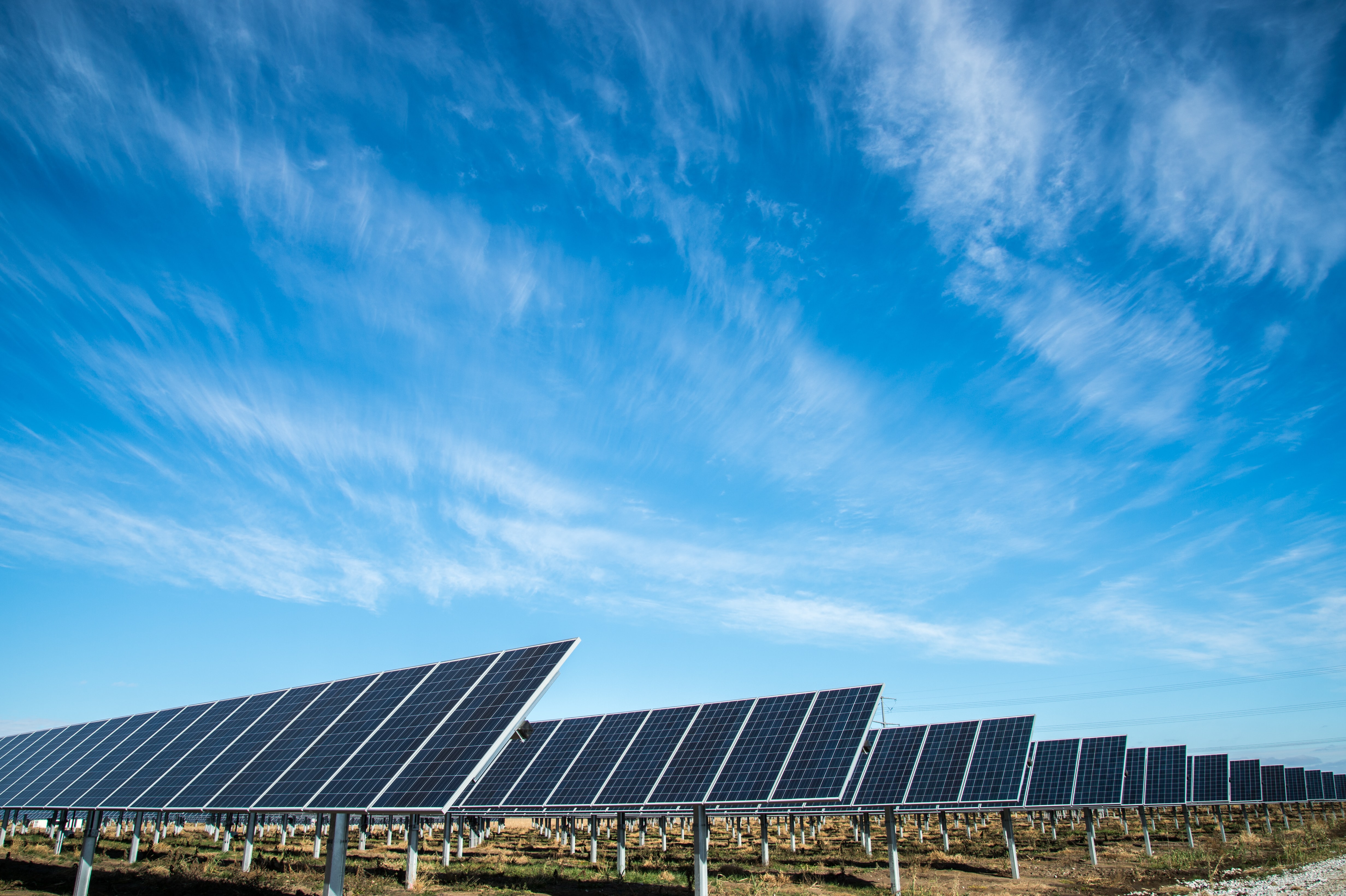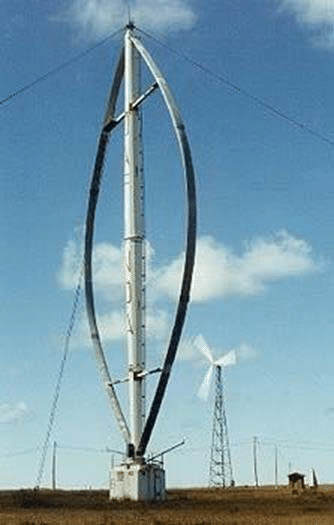
In a recent Lea County Tribune article, the importance of planning for the Energy future of the county and New Mexico was documented. The story demonstrated that we can both have our cake and eat it too. There is no need to take a political stance on fossil fuel versus renewables because both increase tax bases and help the local and state economies.
The significant creation of jobs in the renewable sector is also an important bonus to areas like Lea County which have abundant renewable potential. The renewable energy sector is one of the fastest growing job sectors worldwide, with just under a million Americans recently joining this long term career path.
Most of Lea County is in an ideal zone for both solar and wind energy generation. Missi Currier, the Chief Executive Officer of the Economic Development Corporation of Lea County (EDCLC) understands the importance of diversification in energy resources. As reported in the Current Argus, Currier stated, “What we’re known for in Lea County and what we’re proud to be known for is the idea of the EnergyPlex. We’re fortunate to have all types of energy in southeastern New Mexico, especially in Lea County.”
While the county does have a few wind turbines, it’s soon to be a leader in the state for solar. The City of Lovington recently leased land south of town for the installation of a 300 MW solar farm. Once completed, this will be the largest solar farm in New Mexico, double the size of the current largest located in Roswell.
Lea County is well known for being the second largest oil and gas producing county in the United States. Oil and gas production from the county is larger than that from 43 other states combined, making it the energy capital of New Mexico. Still, the county is additionally growing when it comes to renewables and has self-branded itself as the “EnergyPlex”. Energy operations of all varieties have found homes in the county – even a four billion dollar uranium enrichment facility. The nearby 27 megawatt (Mw) Wildcat Wind Ranch located near Lovington is another example of the growing energy diversification within Lea County.
Also, the geothermal power potential within the state is vast. New Mexico has more acres of geothermal heated greenhouses than any other state, and although the greatest potential lies in the western portion of the state, much of Lea County lies in an area of great commercial potential.
Renewable energy is not a one size fits all solution. For many landowners who ranch and farm, the surface land requirements for wind turbines are less demanding than for solar. Wind farms allow continued surface usage for grazing and agriculture. As a result, wind turbines tend to be more popular with landowners who farm and ranch. Many ranchers have commented anecdotally that often in hotter weather the cattle seem to gather around the bases of the wind turbines where the temperature tends to be a little cooler.
Aside from bragging rights about helping the environment, the economic benefits of wind and/or solar installations are important. The income produced by wind turbines for the landowner can be significant. Nationally the average for older and smaller turbines is between $3,000 and $8,000 per turbine per year with larger commercial wind turbines of more than a two Mw capacity often generating more than $10,000 per year in revenues to the landowner.

Historically, the chief objections to wind turbines have been the look and the noise. The look is what it is, and the noise is a muted swishing sound; with modern turbines the noise generally doesn’t carry very far. But, in reality, if a rancher landowner has four larger turbines on his property and he is pocketing more than $40,000 per year while still able to graze his cattle, the turbines become a thing of beauty that emit the sound of money.
Recent studies have shown that the future of wind turbines will likely be of a vertical axis (VAWT) design rather than the horizontal axis turbines (HAWT) that are the norm today. The advantage of vertical axis turbines is that they can be spaced closer together than HAWT turbines and at the same time generate more rather than less energy. It also should be remembered that the familiar horizontal axis turbines create turbulence downstream which reduces their output in the wind shadow; the vertical axis turbines, however, create turbulence that actually can increase efficiency when spaced apart at optimum distances. Additionally, they emit less noise and are likely to be less harmful to birds, which are sometimes killed by flying into turbine blades.
As Lea County looks to the future, we find ourselves in a position to make the EnergyPlex a reality and not just a slogan. Oil and gas production can remain strong, and the exploration of alternative energy sources will increase, filling the economic and supply gaps of fossil fuels. Through this melding of sources of energy creation, Lea County will likely remain at the top of the charts when it comes to being recognized as an energy capital of the US.
Photo Courtesy of American Public Power Association.


